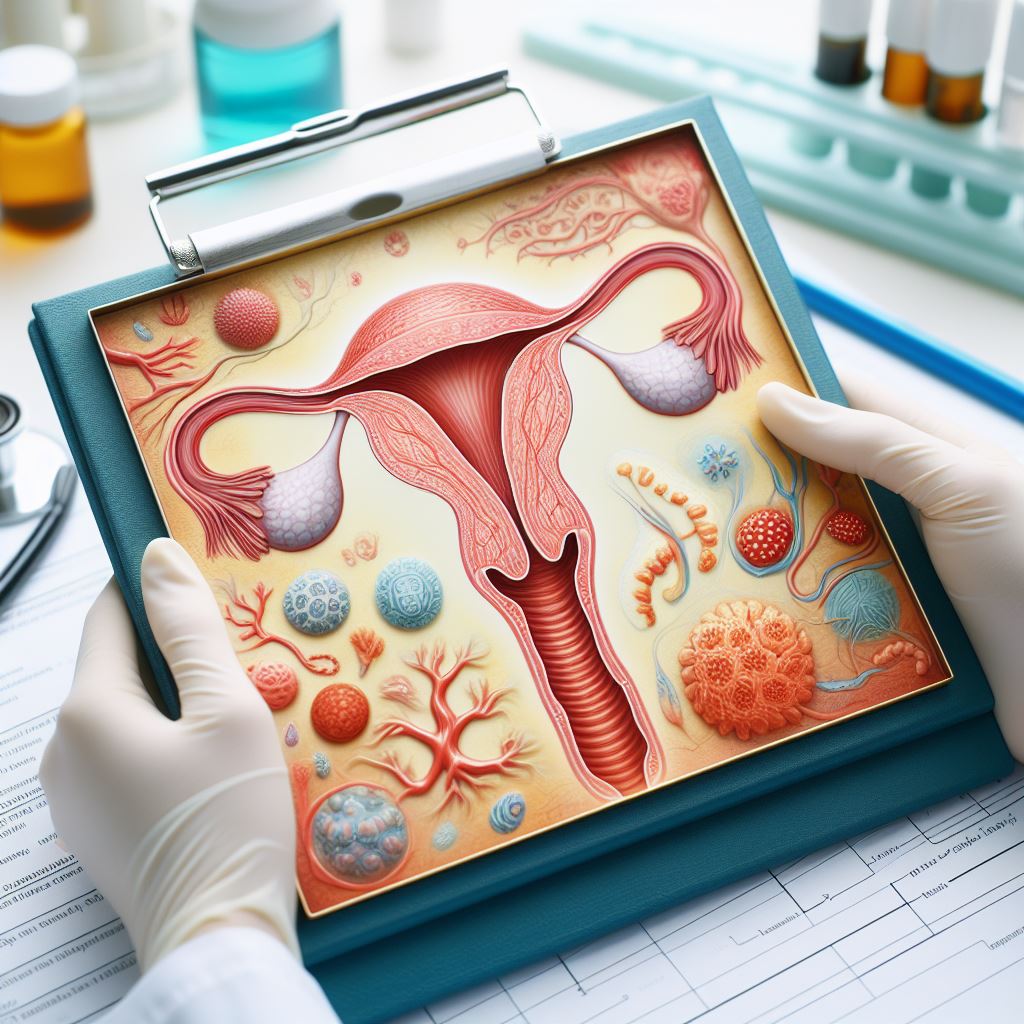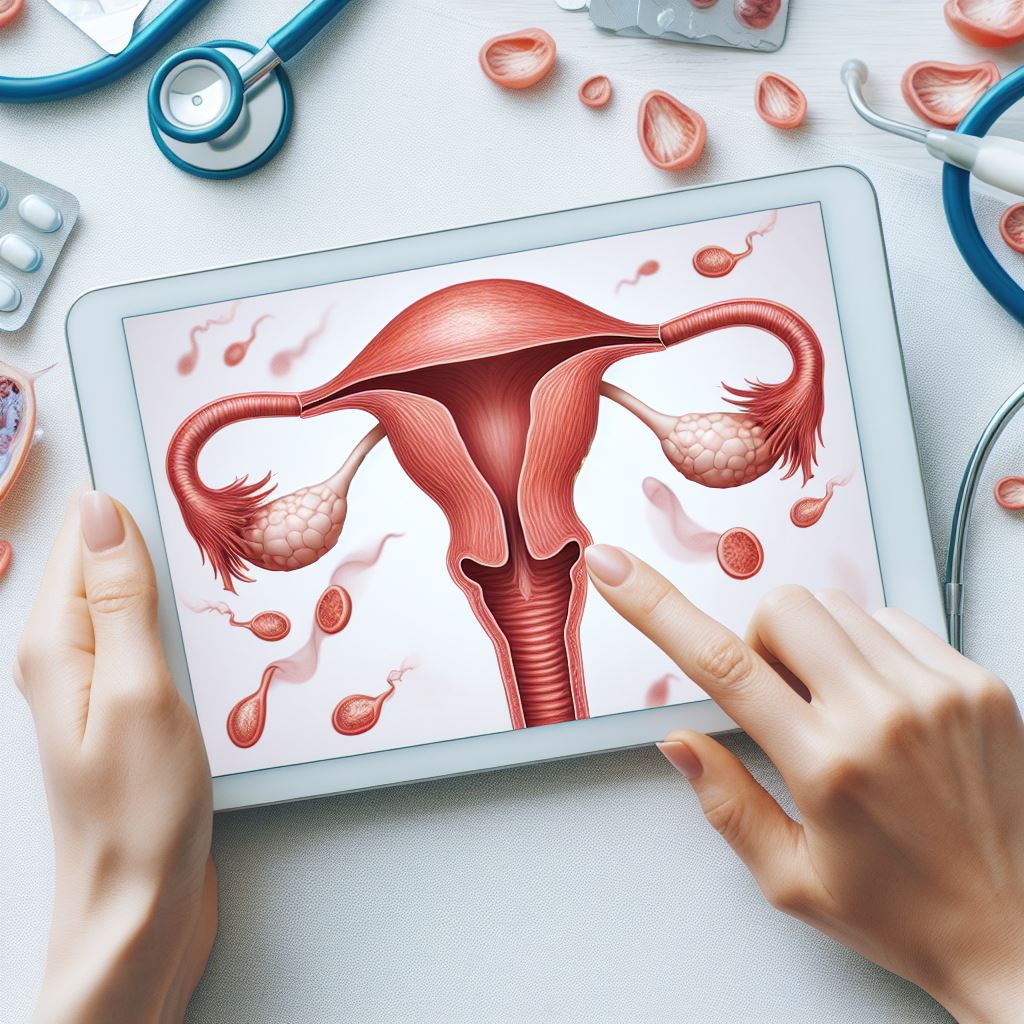Introduction
If you are a woman who is having difficulty getting pregnant, you may have heard of laparoscopy as a possible option to diagnose and treat your fertility issues. Laparoscopy is a minimally invasive surgical procedure that allows your doctor to examine your pelvic organs and perform certain treatments through small incisions in your abdomen. Laparoscopy can help identify and correct various causes of infertility, such as endometriosis, fibroids, ovarian cysts, tubal blockage, and pelvic adhesions. In this blog post, we will explain what laparoscopy is, how it is done, what are its benefits and risks, and what to expect before, during, and after the procedure.
What is laparoscopy and how is it done?
Laparoscopy is a type of surgery that uses a thin, flexible tube called a laparoscope, which has a light and a camera at its tip. The laparoscope is inserted through a small incision near your belly button, and it allows your doctor to see your pelvic organs on a monitor. Your doctor can also make one or more additional incisions to insert other instruments, such as scissors, forceps, or lasers, to perform certain treatments.
Laparoscopy is usually done under general anesthesia, which means you will be asleep and not feel any pain. The procedure can take from 30 minutes to several hours, depending on the complexity and purpose of the surgery. Laparoscopy can be used for both diagnostic and therapeutic purposes, such as:
- Diagnostic laparoscopy: This is when your doctor uses the laparoscope to look for any abnormalities or problems in your pelvic organs, such as endometriosis, fibroids, ovarian cysts, tubal blockage, or pelvic adhesions. Your doctor may also take a biopsy, which is a small sample of tissue, for further testing. Diagnostic laparoscopy can help confirm or rule out the cause of your infertility, and guide your treatment plan.
- Therapeutic laparoscopy: This is when your doctor uses the laparoscope and other instruments to perform certain treatments to improve your fertility, such as removing endometriosis lesions, fibroids, or ovarian cysts, opening blocked tubes, or cutting or burning pelvic adhesions. Therapeutic laparoscopy can help restore your normal anatomy and function, and increase your chances of getting pregnant.
What are the benefits and risks of laparoscopy?
Laparoscopy has several benefits over traditional open surgery, such as:
- Less pain and bleeding
- Smaller scars and faster healing
- Shorter hospital stay and recovery time
- Lower risk of infection and complications
- Higher accuracy and precision
- Better cosmetic results
However, laparoscopy also has some risks and limitations, such as:
- Possible damage to nearby organs, blood vessels, or nerves
- Possible complications from anesthesia, such as allergic reactions, breathing problems, or nausea
- Possible side effects from the gas used to inflate your abdomen, such as shoulder pain, bloating, or cramps
- Possible recurrence of the condition or need for further surgery
- Possible failure to achieve the desired outcome or pregnancy
What to expect before, during, and after laparoscopy?
Before laparoscopy, you will need to prepare yourself physically and mentally for the procedure. You will need to:
- Have a preoperative consultation with your doctor, where you will discuss your medical history, medications, allergies, and expectations. Your doctor will also explain the procedure, its benefits and risks, and answer any questions you may have.
- Have some tests, such as blood tests, urine tests, pregnancy tests, or imaging tests, to check your health and suitability for the surgery.
- Stop taking certain medications, such as blood thinners, anti-inflammatory drugs, or herbal supplements, that may interfere with the surgery or increase the risk of bleeding.
- Stop eating and drinking at least 8 hours before the surgery, to avoid vomiting or aspiration during anesthesia.
- Arrange for someone to drive you home and stay with you for the first 24 hours after the surgery, as you may feel groggy or dizzy from the anesthesia.
During laparoscopy, you will be taken to the operating room, where you will be given general anesthesia to put you to sleep. You will also have a catheter inserted into your bladder to drain your urine, and a device attached to your legs to prevent blood clots. Your doctor will then make a small incision near your belly button, and insert the laparoscope and other instruments. Your doctor will then perform the diagnostic or therapeutic procedure, and close the incisions with stitches or glue. You will then be taken to the recovery room, where you will be monitored until you wake up.
After laparoscopy, you will need to follow some instructions and precautions to ensure a smooth and safe recovery. You will need to:
- Rest for the first few days, and avoid any strenuous activities, such as lifting, bending, or driving, for at least a week.
- Take painkillers, antibiotics, or anti-inflammatory drugs, as prescribed by your doctor, to relieve any pain, prevent infection, or reduce inflammation.
- Apply ice packs, heating pads, or warm compresses, to your abdomen or shoulders, to ease any discomfort or soreness.
- Drink plenty of fluids, and eat a light and balanced diet, to prevent dehydration, constipation, or nausea.
- Keep your incisions clean and dry, and change your dressings as instructed by your doctor. Watch for any signs of infection, such as redness, swelling, pus, or fever.
- Follow up with your doctor, to check your healing, remove your stitches, and discuss your results and treatment plan. Your doctor will also advise you when you can resume your normal activities, sexual intercourse, and fertility treatments.
Conclusion
Laparoscopy is a minimally invasive surgical procedure that can help diagnose and treat various causes of infertility in women, such as endometriosis, fibroids, ovarian cysts, tubal blockage, and pelvic adhesions. Laparoscopy has many advantages over open surgery, such as less pain, bleeding, scarring, and complications, and faster recovery and better results. However, laparoscopy also has some risks and limitations, such as possible damage to nearby organs, recurrence of the condition, or failure to achieve pregnancy. Therefore, it is important to consult your doctor, weigh the pros and cons, and prepare yourself well before, during, and after the procedure. Laparoscopy can be a valuable tool to improve your fertility and your chances of having a baby.






